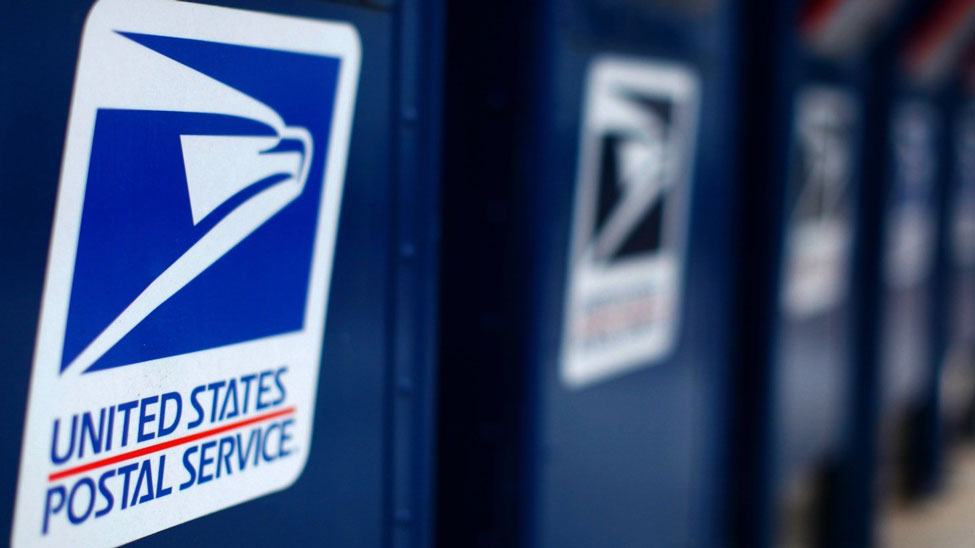
USPS Q1 results: financial losses continue

The U.S. Postal Service today announced its financial results for the first quarter of its fiscal year 2022 (Oct. 1, 2021 – Dec. 31, 2021), reporting an adjusted loss of approximately $1.3 billion for the quarter, compared to an adjusted loss of $288 million for the same quarter last year.
Adjusted loss excludes non-cash workers’ compensation adjustments for the impacts of actuarial revaluation and discount rate changes, which are outside of management’s control. On a U.S. generally accepted accounting principles basis, the Postal Service had a net loss of approximately $1.5 billion for the quarter, compared to net income of $318 million for the same quarter last year.
The increases in both net loss and adjusted loss were partially driven by inflationary impacts to operating expenses, including rising prices associated with energy and fuel expenses.
Service performance continued to improve during the quarter and remained strong through the volume surge associated with the holiday season. Service performance improvements are largely the result of significant organizational focus on implementing core elements of the Delivering for America plan, including network infrastructure investments, the installation of new package processing equipment, increased leased space, and enhanced efforts for workforce stabilization, to better meet customers’ evolving needs during the 2021 holiday season and beyond.
“We continue to improve on-time service performance, as was demonstrated during the recent holiday period and which is the result of our ongoing transformation, investments, and operating improvements across our processing and transportation network,” said Postmaster General and CEO Louis DeJoy. “We continue to make structural progress to correct our long-term financial losses, drive greater efficiency, and achieve financial sustainability.”
In addition to the aggressive steps that management has undertaken, which are already producing positive service results, postal reform legislation is an integral part of the Postal Service’s recovery plan. “We are encouraged that Congress is moving forward with postal reform legislation and strongly support enactment,” added DeJoy. “These reforms will help ensure that the Postal Service can operate in a financially sustainable manner.”
The Postal Service’s operating revenue was approximately $21.3 billion for the quarter, a decrease of $202 million, or 0.9 percent, on volume decline of approximately 1.5 billion pieces, or 4.1 percent, compared to the same quarter last year. Revenue declined at a slower rate than volume due to price increases implemented during calendar year 2021. Despite these volume declines during the quarter, the Postal Service accepted for delivery more than 13.2 billion letters, cards, flats, and packages between Thanksgiving and New Year’s Eve, exceeding the 12.7 billion accepted for delivery during the same timeframe in 2020.
First-Class Mail revenue increased $160 million, or 2.5 percent, compared to the same quarter last year, despite a volume decline of 529 million pieces, or 3.8 percent. The revenue increase was driven by price increases, while the volume decline is reflective of the continuing migration from mail to electronic communication and transaction alternatives, which has been exacerbated by the pandemic.
Marketing Mail revenue increased $304 million, or 7.3 percent, compared to the same quarter last year, despite a volume decline of 710 million pieces, or 3.6 percent. Marketing Mail has generally proven to be a resilient marketing channel, and as the economy has shown a recovery, its value to U.S. businesses remains strong due to healthy customer returns on investment and better data and technology integration. However, Marketing Mail volume in the same quarter last year was significantly positively impacted by political and election mail associated with the calendar year 2020 general election season. As a result, political and election mail revenue and volume declined approximately $400 million and 2.3 billion pieces, respectively, compared to the same quarter last year. Overall, Marketing Mail revenue grew due to price increases despite the volume decline.
Shipping and Packages revenue decreased $738 million, or 7.9 percent, on a volume decline of 210 million pieces, or 9.7 percent. The measured decline in Shipping and Packages volume is a result of the higher package volumes in the prior year due to the pandemic-related surge in e-commerce, which continues to abate as the economy recovers and market competition intensifies. However, Shipping and Packages volume remains higher than pre-pandemic levels.
The pandemic has significantly transformed the mix of mail and packages processed through the Postal Service’s network and the Postal Service anticipates that its volumes and mix will not return to pre-pandemic levels. The Postal Service continues to grow its revenue in mail services through optimization of its pricing strategies and effective use of its pricing authority, as outlined in the Delivering for America plan.
Total operating expenses increased approximately $1.7 billion, or 7.9 percent, compared to the same quarter last year. Excluding non-cash workers’ compensation adjustments for the impacts of actuarial revaluation and discount rate changes, total operating expenses increased $782 million, or 3.6 percent.
Workers’ compensation expense increased by $936 million and retiree health benefits increased by $125 million, or 10.4 percent, compared to the same quarter last year. Both increases were driven by discount rate changes, which are outside of management’s control. Workers’ compensation expense also increased due to changes in actuarial assumptions.
Transportation expense increased $239 million, or 9.2 percent, compared to the same quarter last year, primarily due to higher average diesel fuel rates, higher average unit costs per mile, and higher average jet fuel prices. Retirement benefits expense increased $125 million, or 7.0 percent, compared to the same quarter last year, primarily due to higher pension contribution rates, as established by the Office of Personnel Management (OPM). Compensation and benefits expense increased $121 million, or 0.9 percent, compared to the same quarter last year, primarily due to contractual wage increases partially offset by lower work hours.
“Despite the record package volume during the holiday season, the overall surge in e-commerce has begun to subside,” said Chief Financial Officer Joseph Corbett. “This shift in market trends, along with the continued declines in mail volumes, our increasing costs, and general economic conditions creating inflationary pressure, highlight the ongoing financial challenges that the Postal Service faces. While we continue to adapt to efficiently manage our business, invest in our infrastructure and our people, and optimize our network, our Delivering for America plan must be fully implemented, including legislative changes, to restore the Postal Service to financial sustainability.












